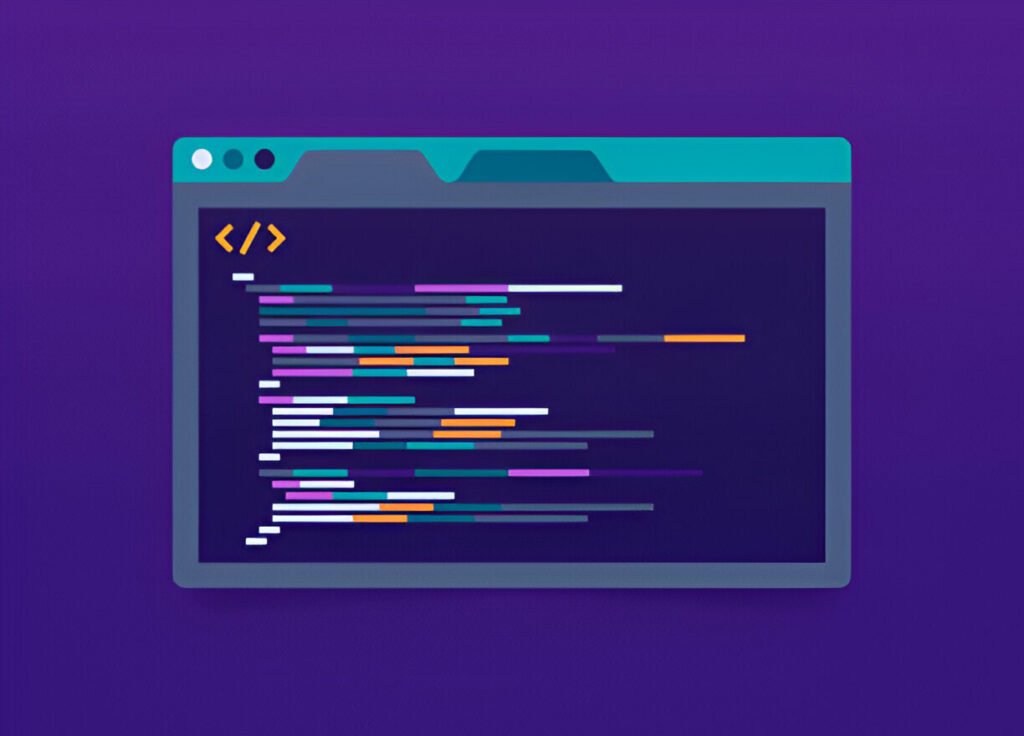
A Beginner’s Guide to Testing Your Code
Testing your code can feel like a daunting task, especially if you’re new to programming. But don’t worry—this guide is here to help you understand the basics and get you started on the right foot.
When you start writing code, it can be tempting to dive right in and skip the testing phase. But testing is crucial to ensure that your code works as intended and to avoid bugs down the line. Think of testing like taking your car for a regular check-up—it might seem unnecessary at times, but it prevents bigger problems from happening.
Why Testing Your Code is Important
Testing is essential because it helps you catch errors early, ensures your code behaves as expected, and makes your codebase more maintainable. Without testing, you risk deploying buggy software that can lead to frustrated users and potentially costly fixes.
Types of Testing Code
There are several types of testing, each serving a different purpose. Understanding these types can help you choose the right testing strategy for your project.
Unit Testing
Unit testing involves testing individual components of your code to ensure they work correctly. It’s like checking each part of a machine to make sure it functions before assembling the whole machine.

Integration Testing
Integration testing checks how different parts of your application work together. It’s the next step after unit testing, ensuring that the various modules of your program interact as expected.
Functional Testing
Functional testing examines the overall behavior of your application. It tests the end-to-end functionality to ensure the system works as a whole, meeting all the specified requirements.
Test-Driven Development (TDD)
Test-Driven Development tech is a methodology where you write tests before writing the actual code. This approach ensures that your code is always tested and helps you focus on the requirements before implementation.
Popular Testing Frameworks
There are many testing frameworks available to help you write and run tests. Some popular ones include:
- JUnit for Java
- PyTest for Python
- Jest for JavaScript
- RSpec for Ruby
These frameworks provide tools and utilities to make writing tests easier and more effective.
Writing Your First Test
Writing your first test can be intimidating, but it doesn’t have to be. Start by identifying a small, simple function in your code. Write a test to check if it returns the expected output. Gradually, you can move on to more complex tests.
Common Testing Mistakes
When you’re new to testing, it’s easy to make mistakes. Here are some common pitfalls to avoid:
- Not writing enough tests: Ensure you cover various scenarios and edge cases.
- Testing too much at once: Focus on small, isolated units of code.
- Ignoring failed tests: Always investigate and resolve the cause of a failed test.
Automated vs. Manual Testing
Automated testing uses scripts and tools to run tests automatically, which is great for repetitive and large-scale testing. Manual testing, on the other hand, involves human testers who can provide insights that automated tests might miss. Both approaches are valuable and often used together.
Using Continuous Integration (CI)
Continuous Integration is a practice where code changes are automatically tested and merged into a shared repository. CI tools, like Jenkins and Travis CI, help ensure that your code is always in a deployable state.
Benefits of Regular Testing
Regular testing has numerous benefits, including:
- Early bug detection: Catch and fix bugs before they become major issues.
- Improved code quality: Well-tested code is more reliable and easier to maintain.
- Reduced costs: Finding and fixing bugs early is cheaper than after deployment.
Testing your code is a vital part of the development process. It ensures that your software works correctly, helps maintain high code quality, and saves time and money in the long run. Start with simple tests and gradually build a comprehensive testing strategy.





